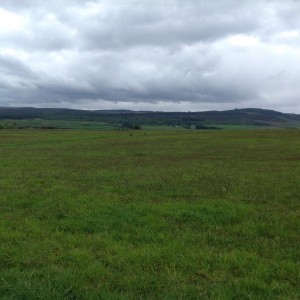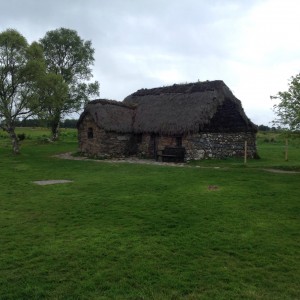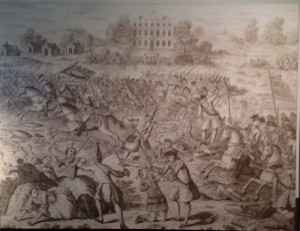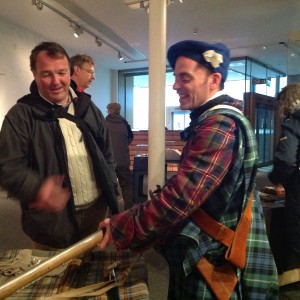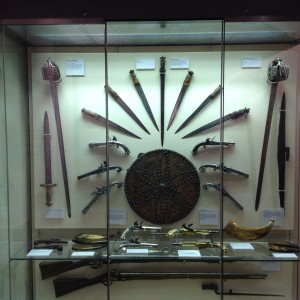This May, I had the privilege of visiting the Archives Research Centre in Inverness, where I took a peak at Croy Parish Church registers. The Kirk, as it was known in those days. Unlike modern church sessions (at least, those of the mainline denominations with which I’m familiar), these Kirk sessions included provincial trials of misdeeds such as fist-fighting on the Sabbath.
Here’s an excerpt from one such record:
Croy July 13 1740 James Mitter Gardiner in [Cabrach] & Margaret Gordon in Mitten Delated for undecent correspondence are appointed to be cited to our next meeting of the Elders appointed to enquire into the grounds of such report. …
Croy July 20th 1740 Compeard James Mitter & Margaret Gordon & refusing their keeping any undecent correspondence the Elders were enquired if they searched into the grounds of such report & answered that they found there was such a flagrant story passing at that part of the Parish but that after diligent search they could find no ground for it. Closed with prayer.
Can you imagine such a meeting of sessions at a mainline church today? People might actually turn out for the show. Strange words appear in the text: Delated. Compeard. Then again, it’s fortunate I didn’t have to decipher them from Gaelic.
“Delate” does appear in the Merriam-Webster, an archaic word that means to denounce or accuse. Not so the word “compeard.” Perhaps it is dialect? I don’t believe it is a misreading of the handwriting–here’s a sample of transcribed text of another such record I found in Google books:
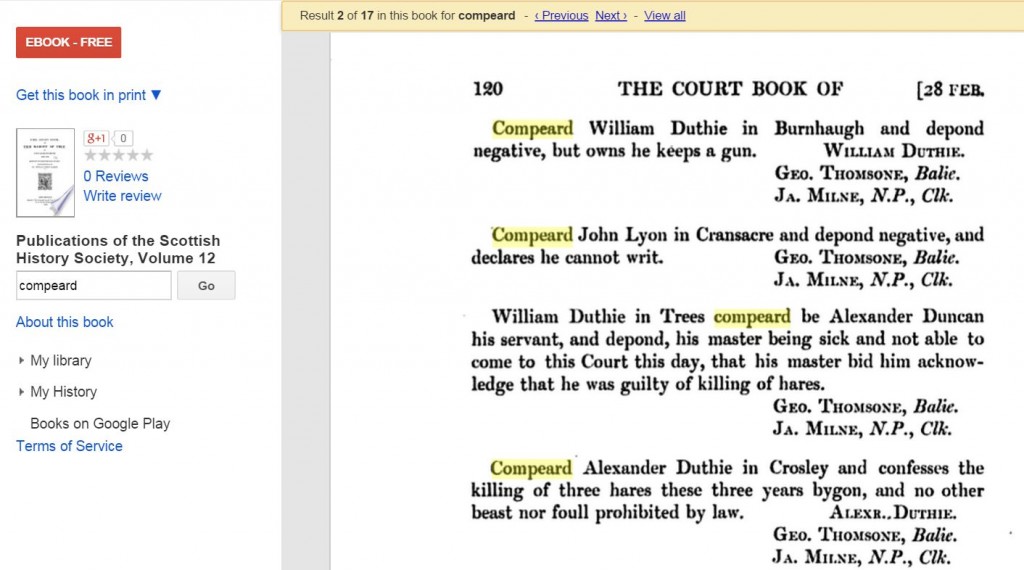
Back home, I found another tidbit of Scots 18th century history in the oddest place — the Genealogical Abstracts from Newspapers of the German Reformed Church 1830-1839, collected by Barbara Manning.
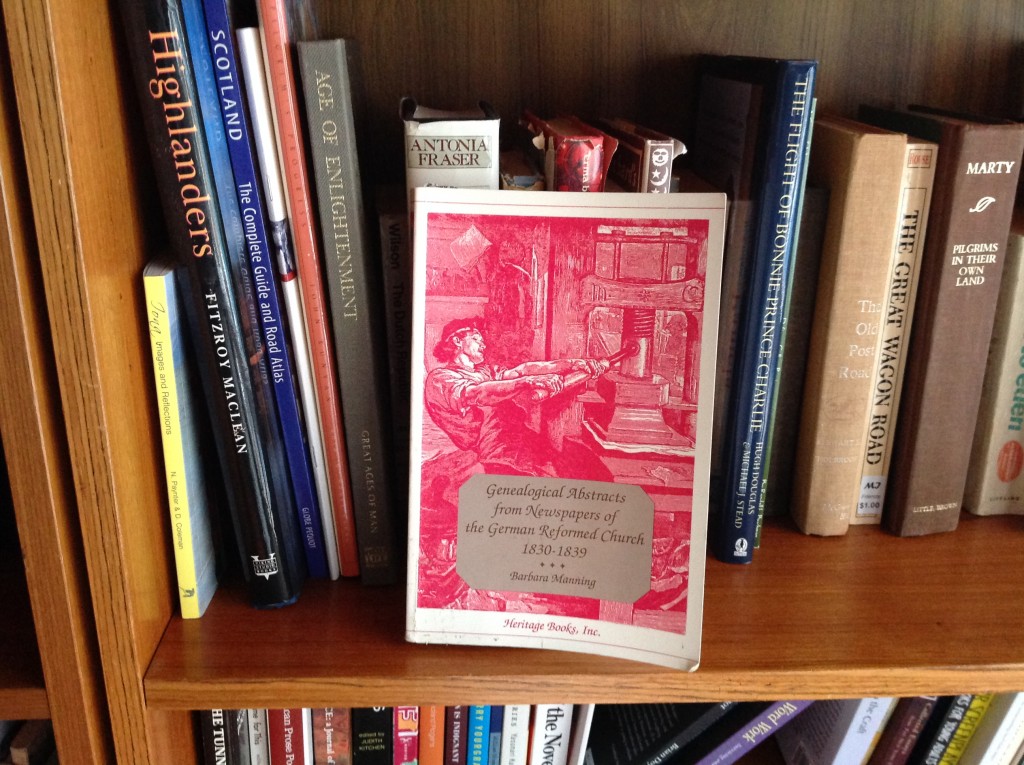
In an abstract from the Weekly Messenger of the German Reformed Church dated Aug. 9, 1837, is the following:
//LONGEVITY. RICHARD TAYLOR, the oldest pensioner in Chelsea Hospital England, died on the 10th of June, aged 104. He was a drummer boy at the battle of Culloden in 1745; his last action was that of Alexandria in Egypt where SIR RALPH ABERCROMBIE fell. //
Other than the fact that the Battle of Culloden occurred in 1746, let’s give this the benefit of the doubt and assume the rest is correct. The announcement tells me several things. First, that Richard Taylor was most likely a drummer boy for the British side of that engagement. Second, that if Taylor did live 104 years, he was a drummer boy in the King’s service at the young age of 13 years. Third, back in the day the Battle of Culloden was so well known that the editors of this small German denominational newspaper in the U.S. felt this news from England worthy of note. Yet today, many people I talk with have never heard of Culloden.

